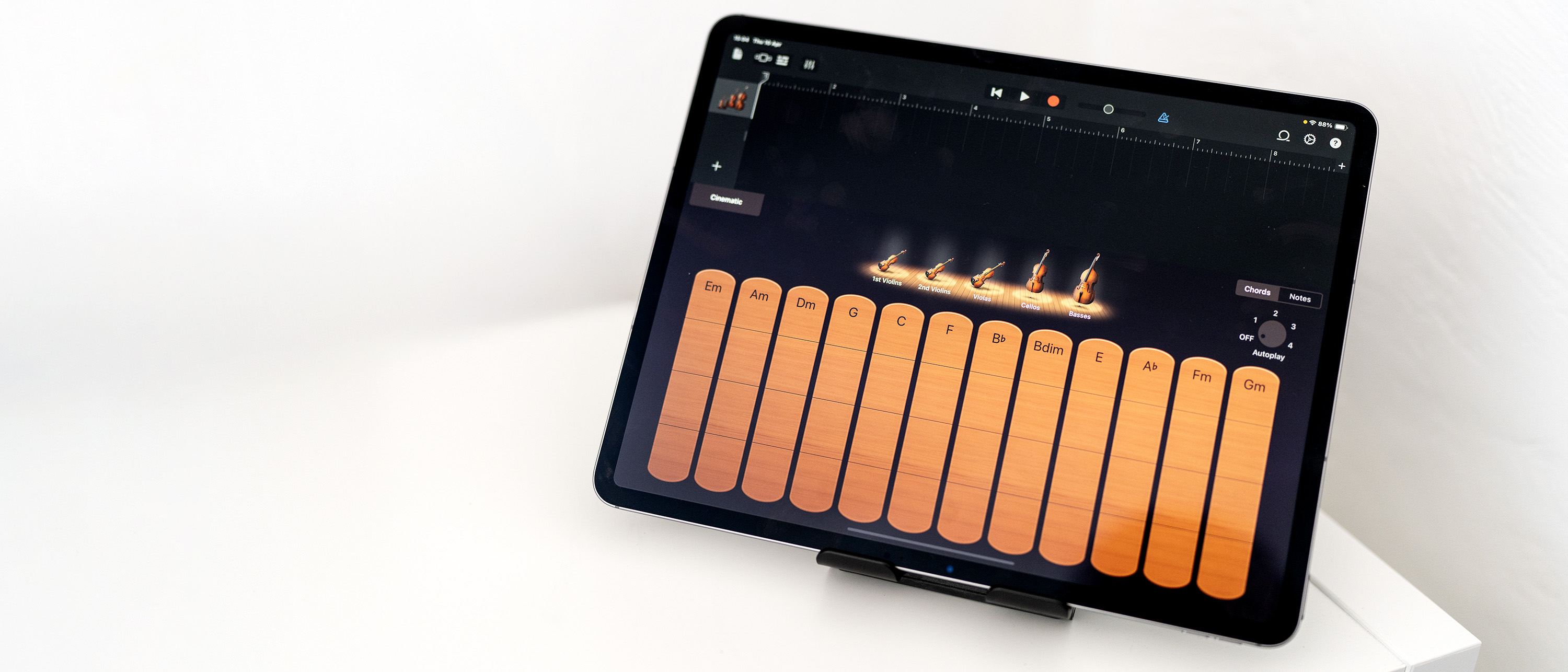iPhone 12 vs iPhone 12 Pro: Which one is right for you?
What does it mean to go pro? To help you choose between iPhone 12 vs iPhone 12 Pro, we break down the differences between Apple's 2021 phones.

If you're buying an iPhone in 2021 and want the latest and greatest model, then you're looking at the iPhone 12 vs iPhone 12 Pro. The two look almost identical, and share many features, but there are some key differences, especially when it comes to the camera.
Price is another factor, of course, with the iPhone 12 Pro pushing things up a bracket in exchange for its extra features, but then you do get a camera array that makes it the best camera phone for most people.
Either of these iPhones is a great companion, and both rank among the best smartphones – but lets dig into where they differ, so you can work out which is right for you.
Oh, and if you're wondering whether it's worth holding on for the iPhone 13, the big differences we're expecting are improved battery life (thanks to better 5G tech) and a high-refresh screen (probably 120Hz max, adapting to the situation). That will pair with the usual speed boost and camera improvements, most likely.
iPhone 12 vs iPhone 12 Pro: Design
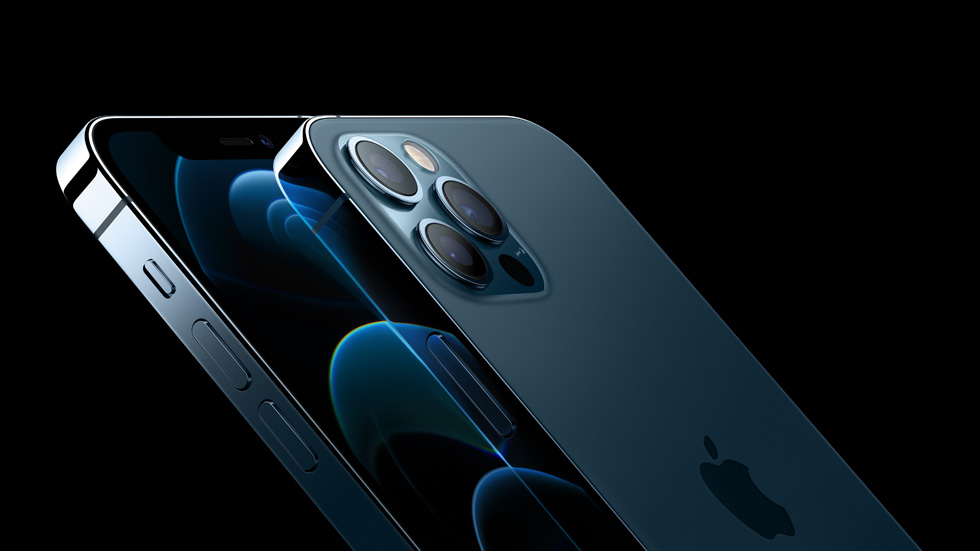
These phones are absolutely of a piece when it comes to design. Apple's new look is all flatness, harking back to the likes of the iPhone 5. However, where that phone had chamfered edges, Apple includes just very gently curved seams on the right angle. It's precision engineering at its finest, and means that the phones are comfortable to hold despite their right angles.
The iPhone 12 and iPhone 12 Pro are exactly the same dimensions, and differ only in finish and weight. The iPhone 12 uses aluminium for its band at the edge, while the iPhone 12 Pro uses stainless steel – and just like on its watches, Apple is leaning into the shining finish of the steel.
The iPhone 12 comes in Blue, Green, Red, White and Black finishes. The Pro comes in Pacific Blue, Gold, Graphite and Silver.
Get the Creative Bloq Newsletter
Daily design news, reviews, how-tos and more, as picked by the editors.
Using steel makes the Pro heavier – 187g vs 162g. You might be thinking it won't make a difference, but it really does. It's not like the Pro is giving us RSI to use, but there's no question the regular iPhone 12 is easier to manipulate in your fingers.
There are two other aesthetic differences on the Pro: it has a matt glass back instead of glossy, and there's the third camera lens (each of which have accented steel rims).
Whether you prefer aluminium or steel will be a personal thing. The steel absolutely feels premium, and could be said to be inspired as much by jewellery as technology in some finishes. The three-lens camera has a real charm too – it evokes the turret film cameras of years past.
The iPhone 12 is more demure, and that also has a huge amount of appeal. It's a low-key affair, although the glossiness of the back glass certainly stands out in some colours.
Both phones are IP68 rated against water and dust, and include Apple's 'Ceramic Shield' glass on the front, which promises 4x better durability when dropped. Both phones have a single port – the Lightning connector on the bottom.
iPhone 12 vs iPhone 12 Pro: Display
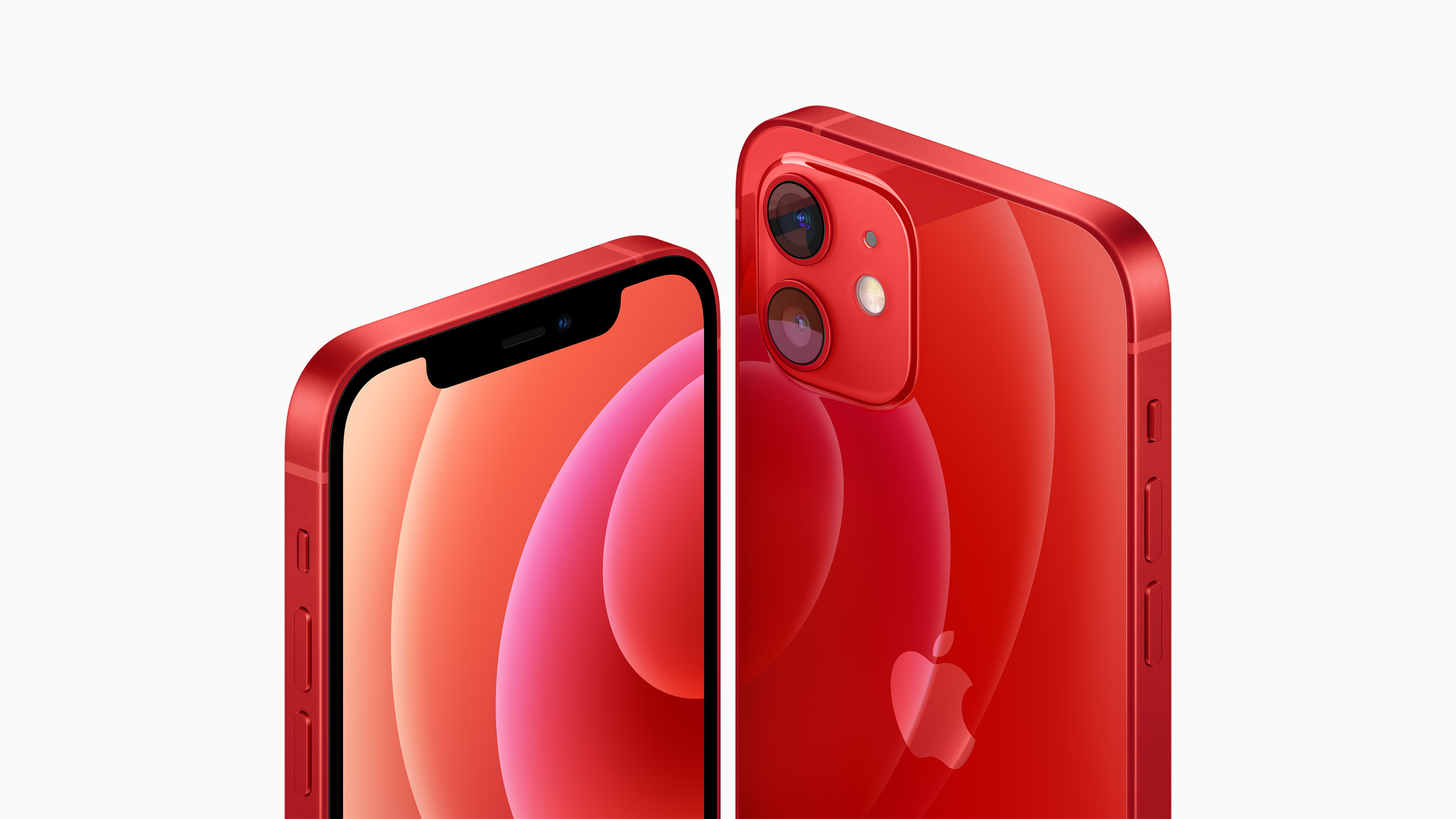
This one's easy – the iPhone 12 and iPhone 12 Pro have almost identical displays. Almost. Both feature a 6.1-inch OLED screen with a resolution of 2532x1170 (460ppi), with support for Dolby Vision HDR and the P3 colour gamut.
With a peak brightness of 1,200 nits (higher than OLED TVs), they look absolutely stunning with HDR video. But here's the only real difference: the typical average brightness of the iPhone 12 is 625 nits, while the iPhone 12 Pro's typical average is 800 nits.
625 nits is just fine, but for taking photos outdoors, the extra brightness helps the Pro's screen to cut through bright light better, so you can get a more accurate view of what you're seeing.
Both are incredibly accurate too, making them excellent for reviewing photos or artwork – though you may want to look to the iPhone 12 Pro Max if you'll do this on your phone a lot, which includes a 6.7-inch screen at 2778x1284 pixels.
iPhone 12 vs iPhone 12 Pro: Performance & battery life
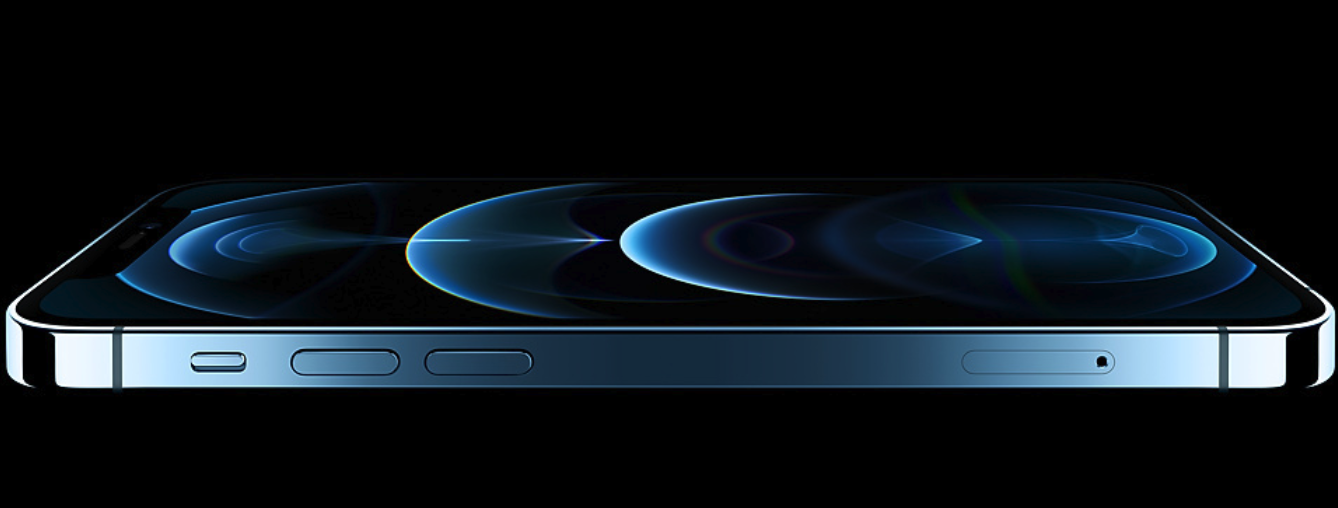
Once again, the difference here is subtle. Both come equipped with Apple's A14 processor, which is the most capable in the business. The power in here is more than the average laptop, and it makes everything incredibly slick.
Both also offer 5G connectivity, with no difference in expected speeds between them. In the US, that includes mmWave support, but not in the rest of the world (where it's less common).
The only difference is that the Pro offers 6GB of RAM, while the iPhone 12 includes 4GB. This doesn't matter for general multitasking – for most tasks, it simply makes no difference. There are some creative apps that can make use of more RAM when really pushed, such as Pixelmator – but the odds of anyone hitting the RAM ceiling while making edits on a phone is incredibly slim.
It's more likely that the extra RAM is useful for shooting ProRaw, Apple's new image format (which we'll come to shortly) that's exclusive to the Pro models.
Battery life on both models is again, essentially identical. They almost the same parts, including battery pack, after all. The Pro could have slightly worse battery life for this reason, since its screen can hit higher typical brightness… but you'd only really see a difference there in artificial benchmarks. In real-world use, they're the same.
Both are rated for 17 hours of offline video playback, 11 hours of streaming video, or 65 hours of audio playback.
We'll give another shout out to the iPhone 12 Pro Max here, which offers the best battery life of this year's iPhones, in case that's what you need – that promises 20 hours of offline video, 12 hours of streaming video, or 80 hours of music playback. It's not a huge leap, but an extra 10-20% of battery life can be exactly what you need.
Both iPhone 12 and 12 Pro offer fast charging over Lightning (up to 50% battery in 30 minutes with a 20W charger), and Apple's new 15W MagSafe wireless charging system, as well as Qi charging up to 7.5W.
iPhone 12 vs iPhone 12 Pro: Camera
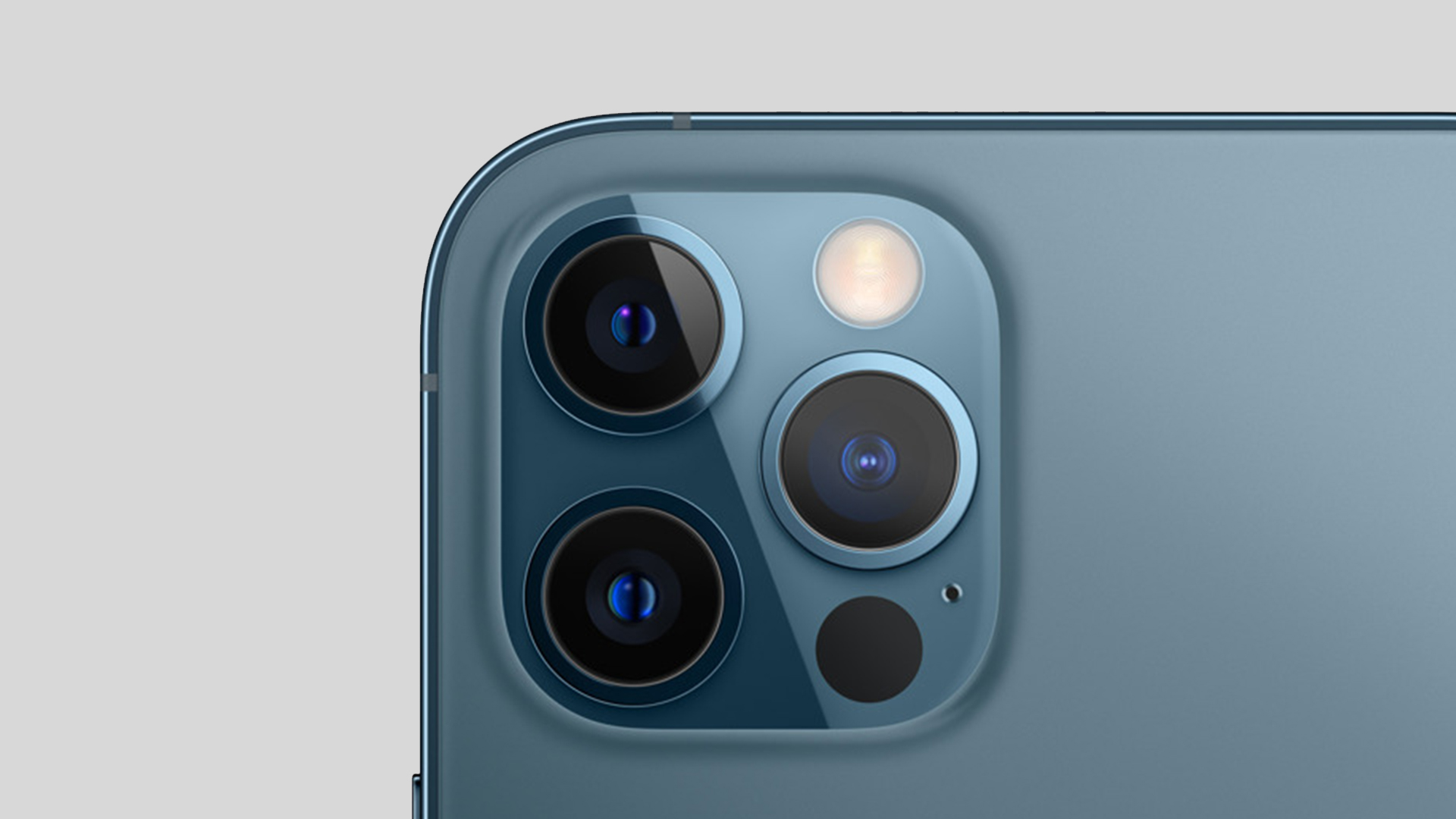
Here's the big difference between these models. First, the simple one: the iPhone 12 has a dual-camera setup on the rear, with a wide-angle (f/1.6) and ultra-wide (f/2.4) lenses, both with 12MP sensors.
The iPhone 12 Pro has a triple-cam system, with the same wide and ultra-wide as the iPhone 12, but also a 2x telephoto (f/2.0) 12MP camera.
When it comes to general processing, almost everything is the same here. Apple's Deep Fusion tech makes for clearer shots, Smart HDR 3 does wonders with exposure, tools such as Night Mode work on the wide and ultra-wide work just as well on both, and general image quality is excellent.
The iPhone 12 Pro's system offers more flexibility not just in zoom range (naturally), but also with Portrait mode, because it enables shots that look much more like what you'd take with a lens choice on a dedicated camera, letting you stand further away and distorting features less. The 12 Pro also includes Night Mode in Portrait Mode (so many modes), which can help you get lovely shots that just weren't possible otherwise.
The iPhone 12 only includes OIS for its wide-angle lens, whereas the iPhone 12 Pro includes it for the ultra-wide as well. And yet another bonus for the iPhone 12 Pro in low-light is the inclusion of a LiDAR sensor, which means that autofocus in dim conditions is astoundingly fast – it might be reason you catch a great shot before the moment passes.
And then there's the big one: ProRaw. This is a custom format Apple has developed that's designed to offer the best of both worlds when it comes to phone photography. It's a raw format that includes the processing done by Apple systems such as Deep Fusion and Smart HDR so that exposure and focus are as good as they can be (since a phone gives the user limited control of these), but still exposes the to non-destructively alter the photo to your heart's content.
Totally change colours, rescue near-dark areas or pull clouds from white skies… all the flexibility you expect is here. It's a game-changing feature, mixing the convenience of a phone, the quality of Apple's processing and the creative potential of raw, and is already resulting in some astounding imagery.
It's time for another cameo from the iPhone 12 Pro Max here! This steps up the camera game from the iPhone 12 Pro even further, with two big changes: a 40%(!) larger sensor on the wide-angle camera, and sensor-shift stabilisation. That means more light on the sensor, and more stable shots within that light – combined with ProRaw, we're talking unmatched potential for dynamic range on a phone.
The change in sensor size also shifts the zoom range, so the tele on the iPhone 12 Pro Max is actually 2.5x when compared to the wide lens, which is another nice change.
It all gets simpler when you're talking about the front camera. In all cases, it's a 12MP f/2.2 affair, supporting video up to 4K 60fps.
Video is also simple across all rear cameras – every iPhone 12 offers recording in 4K up to 60fps, or 1080p up to 240fps. The big trick this year is that they also record Dolby Vision HDR, which makes video look astounding on the phone's equally Dolby-supporting screen, which huge dynamic range in scenes. For the pros, the video is recorded using HLG, then converts to Dolby Vision when it saves, with no delay at all. It's basically a huge flex for the power of Apple processors.
The downside is that it's currently not easily possible to share videos in Dolby Vision from your phone to elsewhere. It's easy to share in HDR, but not necessarily Dolby Vision. Even sharing the clips with Final Cut Pro just results in the ability to export HLG. There's an incredible creative tool here, but it feels a bit trapped, though HDR support at all is still a huge step up.
iPhone 12 vs iPhone 12 Pro: Software
Both phones come with iOS 14, and there's no difference at all beyond the fact that the Pro models have some extra options relating to that third camera lens and ProRaw. In every other way, these phones are identical when it comes to what apps you can use, and how smooth it all is to use.
iPhone 12 vs iPhone 12 Pro: Price
The iPhone 12 starts from £799 / $799 / AU$1,349, which gets you 64GB of storage. You can also choose to upgrade to 128GB at £849 / $849 / AU$1,429, or the max is 256GB at £949 / $949 / AU$1,599
The iPhone 12 Pro starts from £999 / $999 / AU$1,699 with 128GB of storage, but you can up it to 256GB at £1,099 / $1,099 / AU$1,869, or go for a huge 512GB for £1,299 / $1,299 / AU$2,219.
We've mentioned the iPhone 12 Pro Max here a few times, so let's bring that into the conversation too. It starts from £1,099 / $1,099 / AU$1,849 with 128GB of storage, £1,199 / $1,199 / AU$2,019 with 256GB, or £1,399 / $1,399 / AU$2,369 with 512GB.
iPhone 12 vs iPhone 12 Pro: Which should you buy?
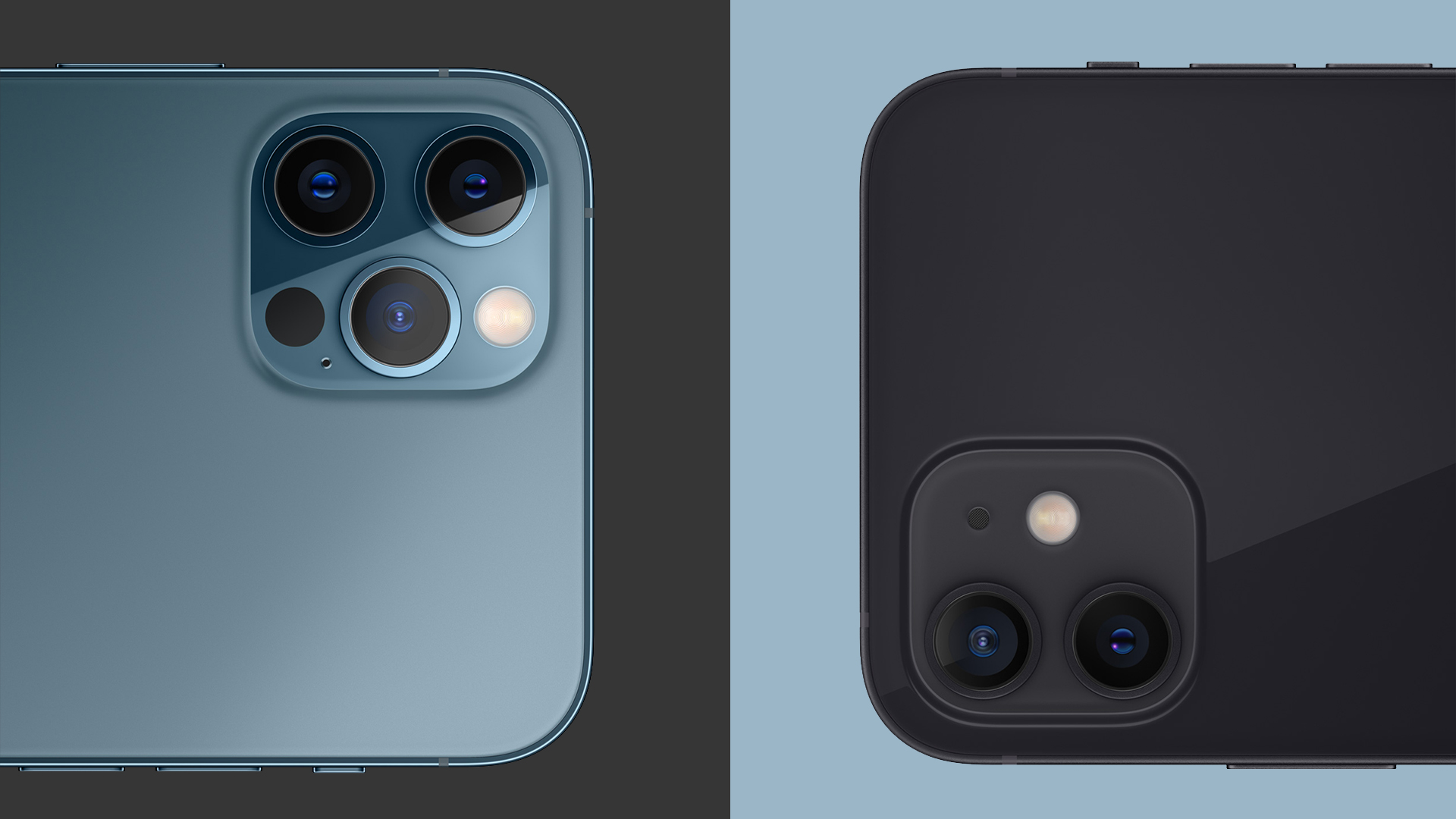
For creative pros, the iPhone 12 Pro makes a compelling case as being the phone you need. A more flexible camera system with a revolutionary raw format, a more visible screen and more storage (if you need it), and a simply gorgeous stainless design all combine to make it reach out a tempting hand over the head of the cheaper iPhone 12.
However, the iPhone 12 essentially matches it both for screen quality and for the actual quality of images captured, so if those features sound like something you can do without, then you'll be deeply satisfied with the cheaper phone instead.
Since they're evenly matched when it comes to performance, connectivity and basically anything else, it's all down to the small details, and whether they add up to enough for you to spend the extra.
Read more:
- Best web hosting: The top web services
- Adobe Photoshop finally hits Apple's M1 Macs (and it's incredible)
- iPhone 12 vs iPhone 11: Is the iPhone 12 worth it?

Thank you for reading 5 articles this month* Join now for unlimited access
Enjoy your first month for just £1 / $1 / €1
*Read 5 free articles per month without a subscription

Join now for unlimited access
Try first month for just £1 / $1 / €1
Matt is Managing Editor at TechRadar.com, and previously worked on T3, MacLife and MacFormat. He's been testing technology for over a decade, working in specialist Apple publications as well general technology and creative journalism, and has charted Apple’s ups and downs since his student days (but still hopes to hear “one more thing”). By day, you can find him covering TV, audio, smart home gear and more at T3.com, as Home Tech Editor. By night, he's probably updating or pairing or installing some new piece of technology in the quest for the perfect setup.

